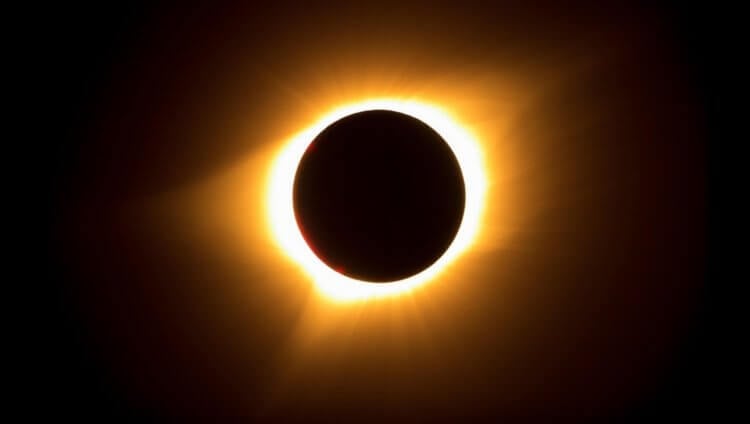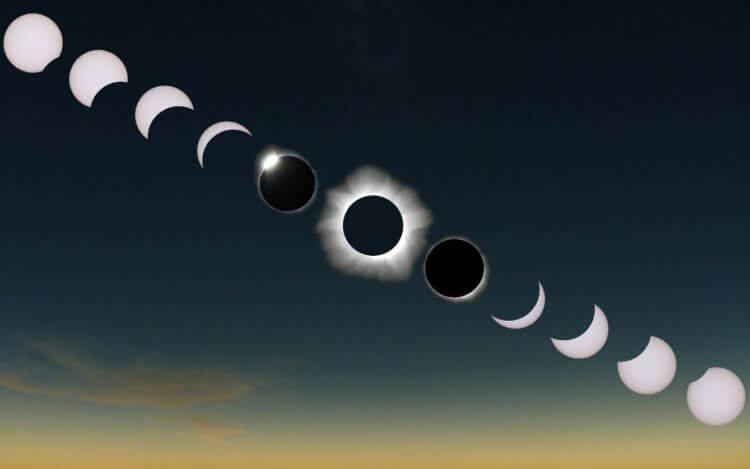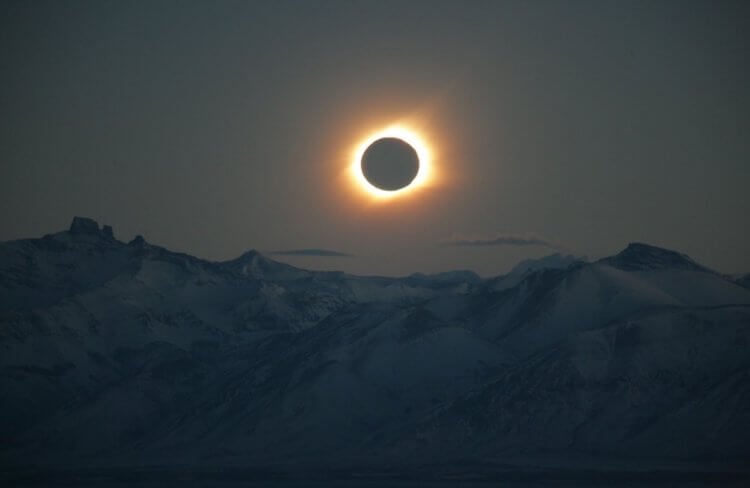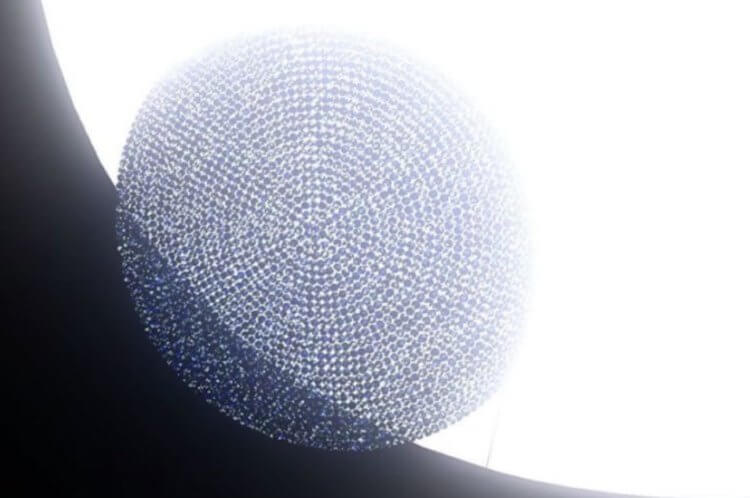A solar eclipse is an astronomical phenomenon that everyone can observe. To do this, you only need special sunglasses that can filter rays that are dangerous to the eyes. In 2024, everyone will be able to seesolar eclipses on April 8 and October 2— these days the Moon will pass in front of the Sun, and the day will become dark for a few minutes. Many people have noticed that during a solar eclipse, clouds suddenly begin to disperse. This doesn't always happen, but often. For many years, scientists could not understand why this was happening, and only recently were they able to explain this phenomenon. In addition to this, they found out another interesting detail that fighters against global warming should definitely keep in mind.

During solar eclipses, the sky often becomes clear – this phenomenon has been explained
Contents
- 1 How clouds behave during a solar eclipse
- 2 What types of clouds are divided into
- 3 Why clouds disperse
- 4 The fight against global warming
How clouds behave during a solar eclipse
The authors of the scientific publication Science Alert said that during solar eclipses clouds often dissipate. Usually they begin to disappear and reveal to people the beauty of a rare astronomical phenomenon when the Moon overlaps the Sun by only 15%.

Solar eclipse affects the Earth more than scientists thought
Of course, not all clouds disperse. If the sky always became clear during a solar eclipse, we would never hear people complaining that they were unable to see the eclipse due to cloudy weather. Whether the sky will be clear or not depends on what types of clouds formed on it before the eclipse.
What types of clouds are divided into
Scientists identify many different types of clouds, which are classified by shape , height and general appearance. White and fluffy clouds, in the outlines of which people with good imagination see various animals and other figures, are calledcumulusThere are alsostratus cloudswhich look like gray blankets covering the entire sky – they usually indicate stable weather with no surprises, but bring with them light rain or snow. There are alsocumulonimbus, cirrus and pyrocumulus clouds.The latter frightened the residents of Kazan in 2023 because they look like a nuclear mushroom.

Cumulus
Read also:Why microplastics are found even in the clouds?
Why clouds dissipate
According to Professor Victor Tris, during solar eclipses, only cumulus clouds whose base is less than 2 kilometers above the ground dissipate. If during an astronomical event there are higher cirrus or other types of clouds in the sky, they can block the view of the Sun obscured by the Moon.
While studying data on solar eclipses for the period from 2005 to 2016, scientists noticed that cumulus clouds begin to disappear when the Sun is blocked by 15%. However, they do not appear until the solar eclipse ends.

Scientists used computer modeling to find out why clouds dissipate during solar eclipses
To find out why this happens, scientists launched a program to recreate the behavior of DALES clouds. It turned out that during solar eclipses, cumulus clouds disappear due to the fact that the Sun suddenly stops heating the surface of the earth, and it cools down sharply. As a result, upward warm air flows disappear, and they are very important for the formation of cumulus clouds.
You will be interested:How do clouds disperse before the holidays in Russia?
< h2>Fighting global warming
The mystery of why clouds disperse during solar eclipses can be considered solved. But as part of their scientific work, scientists paid attention to another interesting detail.
In the future, in order to stop the global increase in temperature on Earth, scientists want to try to block sunlight. We have previously talked about such a project – for example, in 2022 it was proposed to stretch a huge umbrella over our planet. In theory, such technology could actually cool the Earth.

Approximate appearance of the “umbrella” to protect the Earth from solar heat
But now it turns out , that due to the occlusion of the Sun, clouds may stop forming on Earth. For billions of years, they have reflected excess sunlight, and without them, our planet may be even hotter, and a space “umbrella” may not help.
Be sure to subscribe to our Zen and Telegram channels. This way you won't miss any important scientific discovery!
Solar eclipses occur every year. At the beginning of the article, we already mentioned that in 2024 we will be able to observe them on April 8 and October 2 – astronomy lovers should prepare their lenses to observe this spectacle. If you miss these events, we will collect a selection of the best photos, as we have been doing for many years. Right now you can look at images of a very rare hybrid solar eclipse of 2023.